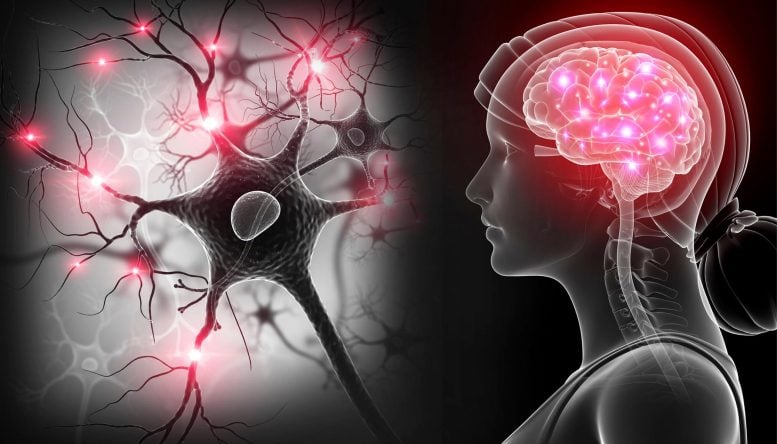New Pathways of Alzheimer’s Disease Unearthed by Scientists

A novel research on Alzheimer’s disease has adopted the use of multiple biomarkers to discover new genetic pathways and sex-specific distinctions. This methodology could potentially enhance the early diagnosis and comprehension of Alzheimer's.
Encompassing conditions such as Alzheimer's disease, dementia affects around 1.8 million people in Germany. The exact causes of this disease are yet to be fully understood, but it's generally accepted that genetics play a major role in its onset. Historically, the primary strategy for finding new genes related to Alzheimer's has been a method known as “case-control design”.
According to Prof. Dr. Lars Bertram, the head of the Lübeck Interdisciplinary Platform for Genome Analysis at the University of Lübeck and the project leader of the latest study, the current approach falls short as it fails to exploit tons of valuable clinical data. Their most recent investigation, involving almost 1000 individuals combined data from six different Alzheimer's biomarkers. This allowed a more precise mapping of the disease pattern in genetic analyses.
The study revealed reduced expression of the brain receptor GRIN2D in Alzheimer's and other neuropsychiatric disorders. Dr. Bertram suggests this could impair the functioning of the synapses, the connections through which brain's nerve cells communicate.
This comprehensive analysis utilizing Alzheimer's biomarkers paves the way for advanced analyses, something unattainable with traditional study designs.
Dr. Alexander Neumann, from the Erasmus University Medical Center in Rotterdam and lead author of the study, draws attention to mediation analyses. These analyses indicate that at least two primary pathways are involved in Alzheimer's disease.
The team discovered one pathway working through amyloid and tau proteins effects, mediated by the Alzheimer's risk gene APOE. The second pathway generally involves the immune system's response, triggered by the TMEM106B and CHI3L1 genes' effects.
The analysis of the X chromosome and genome-wide analyses separated by sex yielded new insights into the disparity in the prevalence of Alzheimer’s disease between men and women.
Dr. Olena Ohlei, the co-first author of the study, unveils that there are genes with discernible effects on Alzheimer's biomarkers, which are sex-specific. Certain genes have even shown contradictory effects in men and women.
Further research is required to provide explanations for these findings.
The research findings have uncovered new avenues for a better understanding of Alzheimer's. As Dr. Bertram summarizes, the novel method of a combined analysis of biomarkers has the potential to enhance Alzheimer's diagnosis, or even lead to earlier detection. However, validation of these results in independent samples is required.




